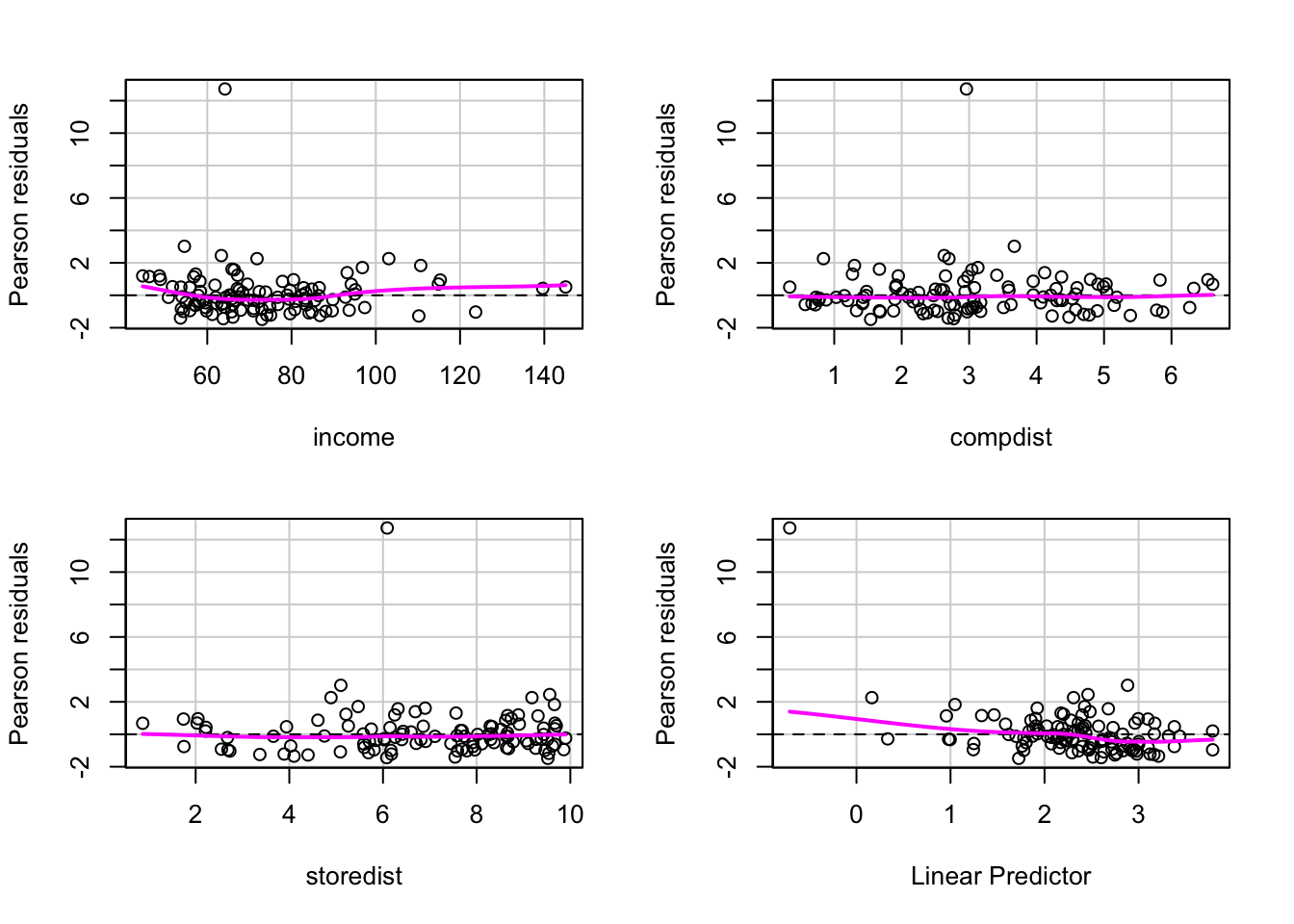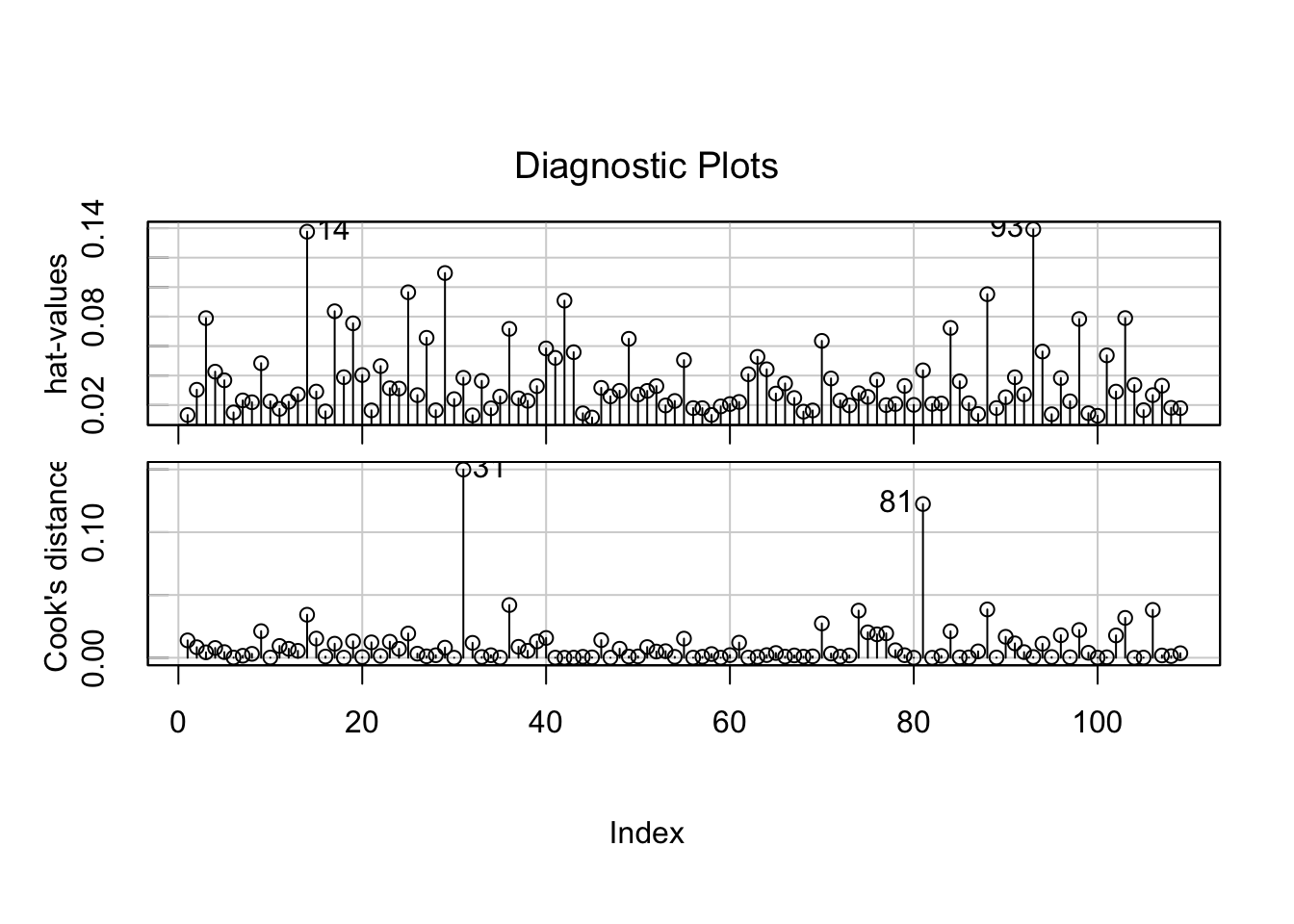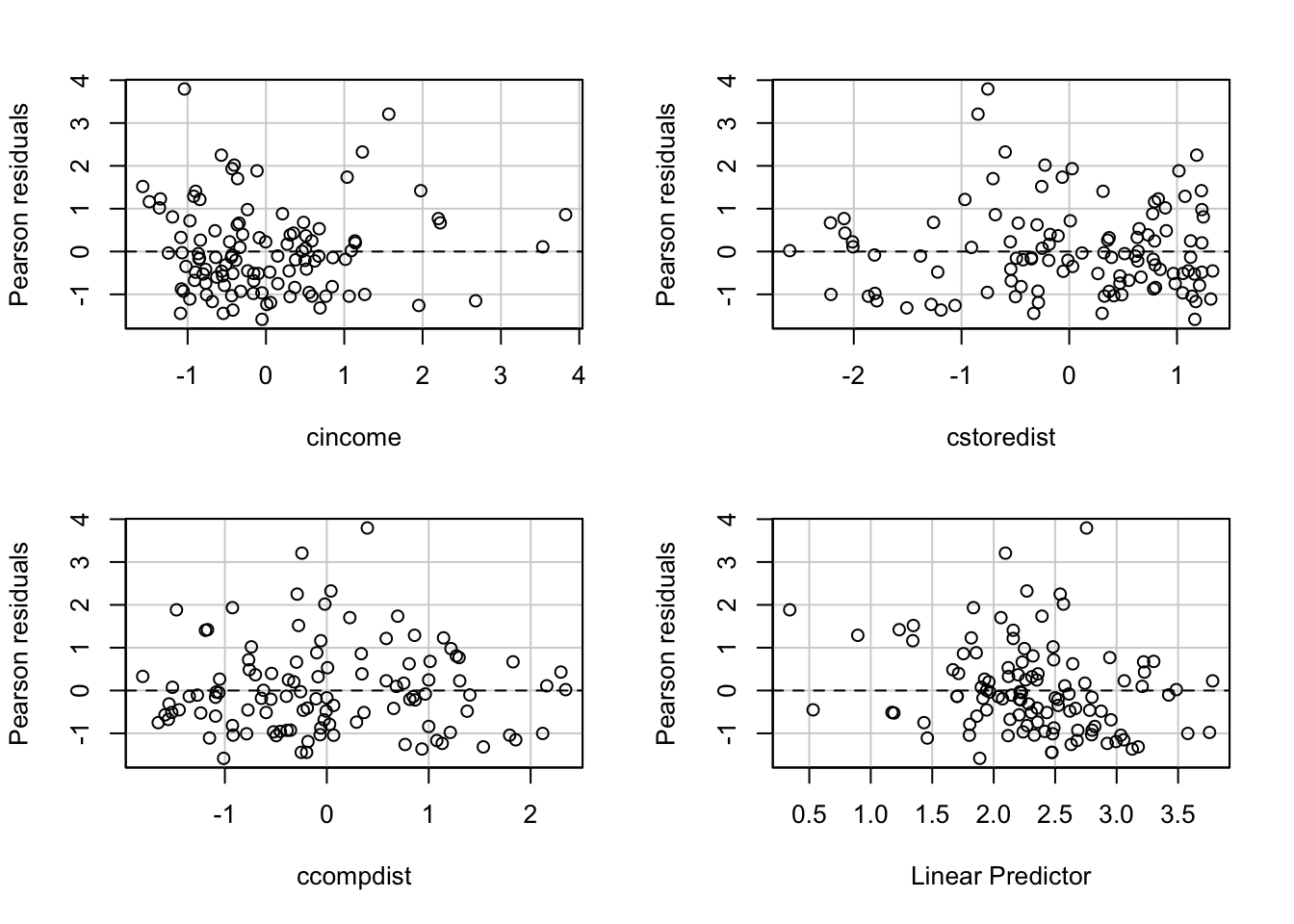library(effects)Loading required package: carDatalattice theme set by effectsTheme()
See ?effectsTheme for details.library(tidyverse)── Attaching core tidyverse packages ──────────────────────── tidyverse 2.0.0 ──
✔ dplyr 1.1.4 ✔ readr 2.1.5
✔ forcats 1.0.0 ✔ stringr 1.5.1
✔ ggplot2 3.5.2 ✔ tibble 3.3.0
✔ lubridate 1.9.4 ✔ tidyr 1.3.1
✔ purrr 1.1.0 ── Conflicts ────────────────────────────────────────── tidyverse_conflicts() ──
✖ dplyr::filter() masks stats::filter()
✖ dplyr::lag() masks stats::lag()
ℹ Use the conflicted package (<http://conflicted.r-lib.org/>) to force all conflicts to become errorslibrary(pivottabler)
library(car)
Attaching package: 'car'
The following object is masked from 'package:dplyr':
recode
The following object is masked from 'package:purrr':
somelibrary(performance)
library(fitdistrplus) #fitdistLoading required package: MASS
Attaching package: 'MASS'
The following object is masked from 'package:dplyr':
select
Loading required package: survivallibrary(MASS) #glm.nb
library(pscl) #odTest, zeroinfl, hurdleClasses and Methods for R originally developed in the
Political Science Computational Laboratory
Department of Political Science
Stanford University (2002-2015),
by and under the direction of Simon Jackman.
hurdle and zeroinfl functions by Achim Zeileis.




